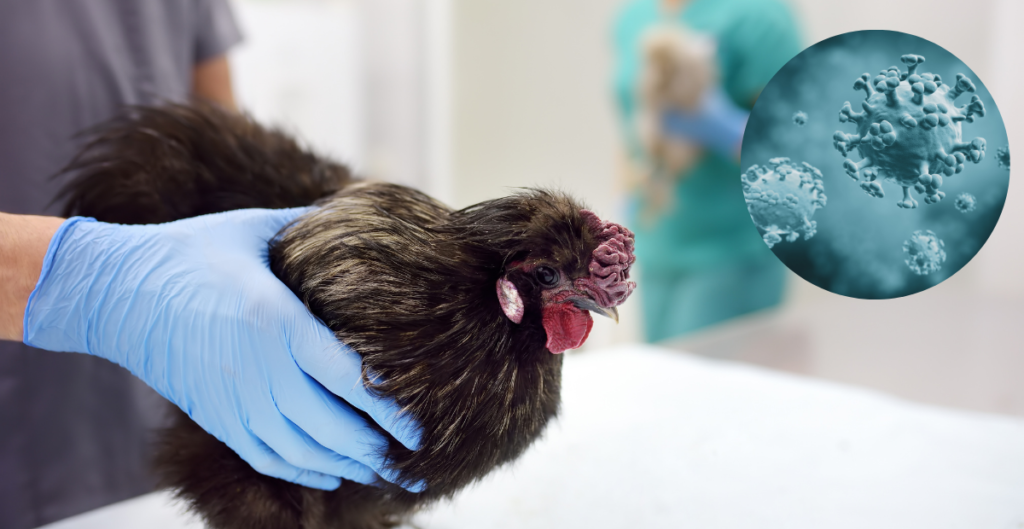The first human death linked to bird flu was reported in the US, specifically in Louisiana. Health officials announced the death on January 6, 2025, noting the deceased patient had underlying health conditions. The individual, over 65 years of age, was hospitalized for a respiratory illness.
This marks the first serious case of H5N1 infection identified in the United States. Reports from mid-December described the patient as critically ill. This sparked concern about the possibility of a broader bird flu pandemic, with similar cases appearing globally.
The Louisiana Department of Health stated that the patient contracted H5N1 after exposure to a mixture of wild birds and birds from a non-commercial backyard flock. While the current risk to the general public remains low, people with occupational exposure to birds, poultry, or livestock are at a higher risk. Crucially, no human-to-human transmission of the virus has been detected in this incident.
Genetic testing revealed that the H5N1 virus infecting the Louisiana patient was different from the strains found on many poultry and dairy farms nationwide. The H5N1 virus was initially identified in 1996. However, since 2020, there has been a dramatic surge in bird flu outbreaks among various bird species, extending to mammals. Experts fear that the widespread presence of the virus in mammal populations could lead to mutations that make it more easily transmissible between humans.
This tragic event underscores the ongoing threat of avian influenza. While the risk to the public is currently limited, heightened vigilance and ongoing research remain crucial in mitigating the risk of a wider pandemic and to understand the evolution of this virus.

